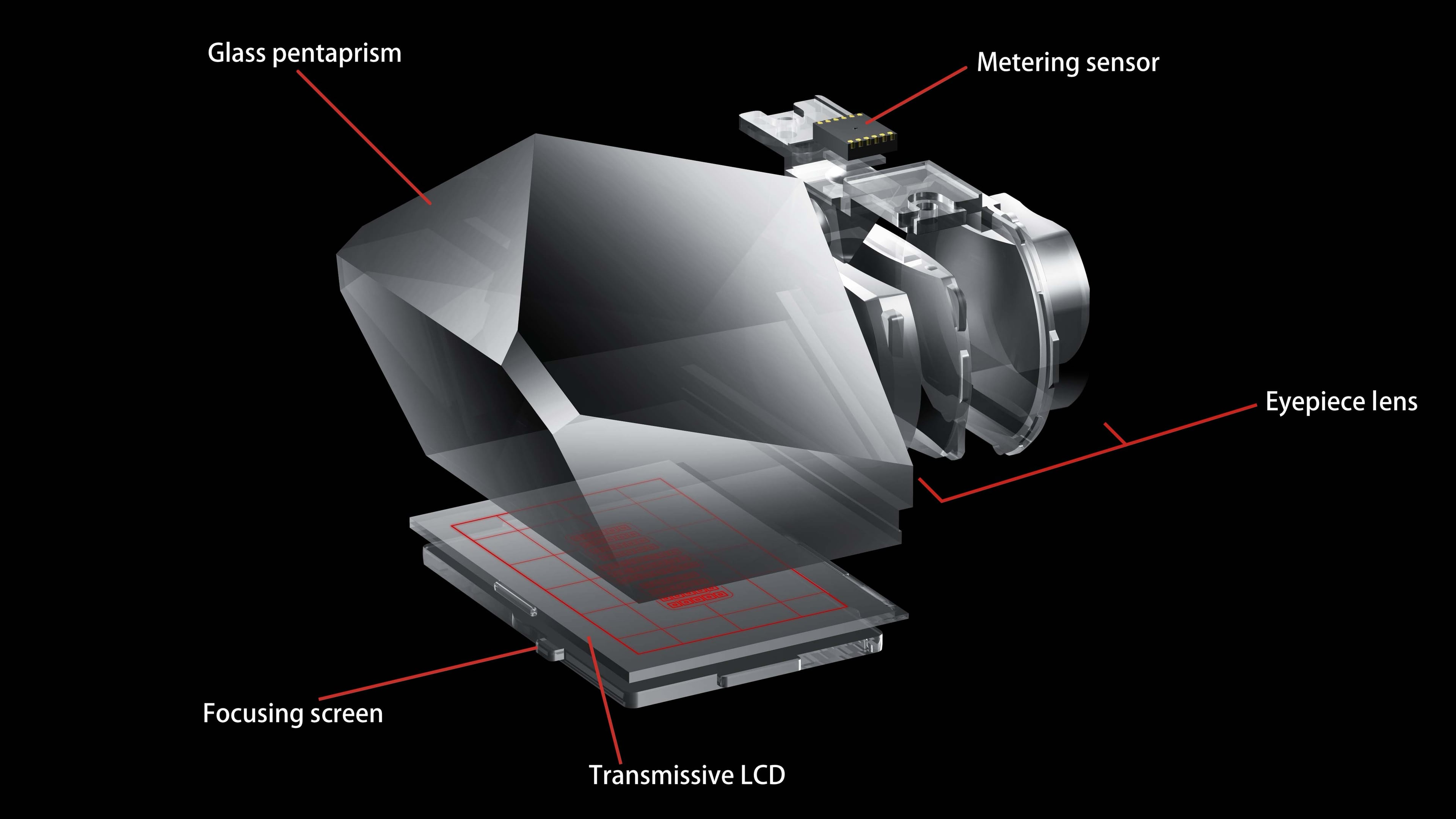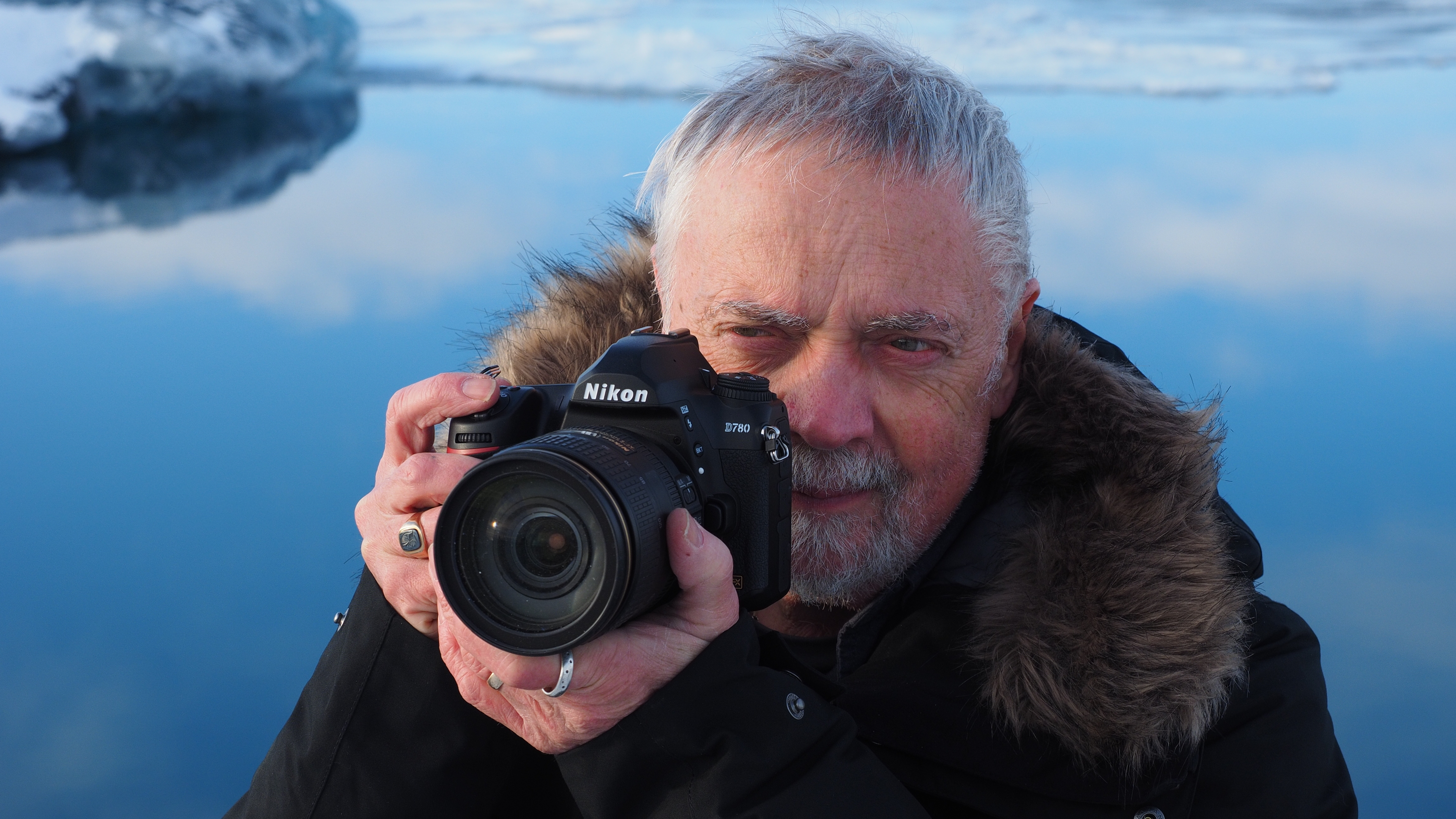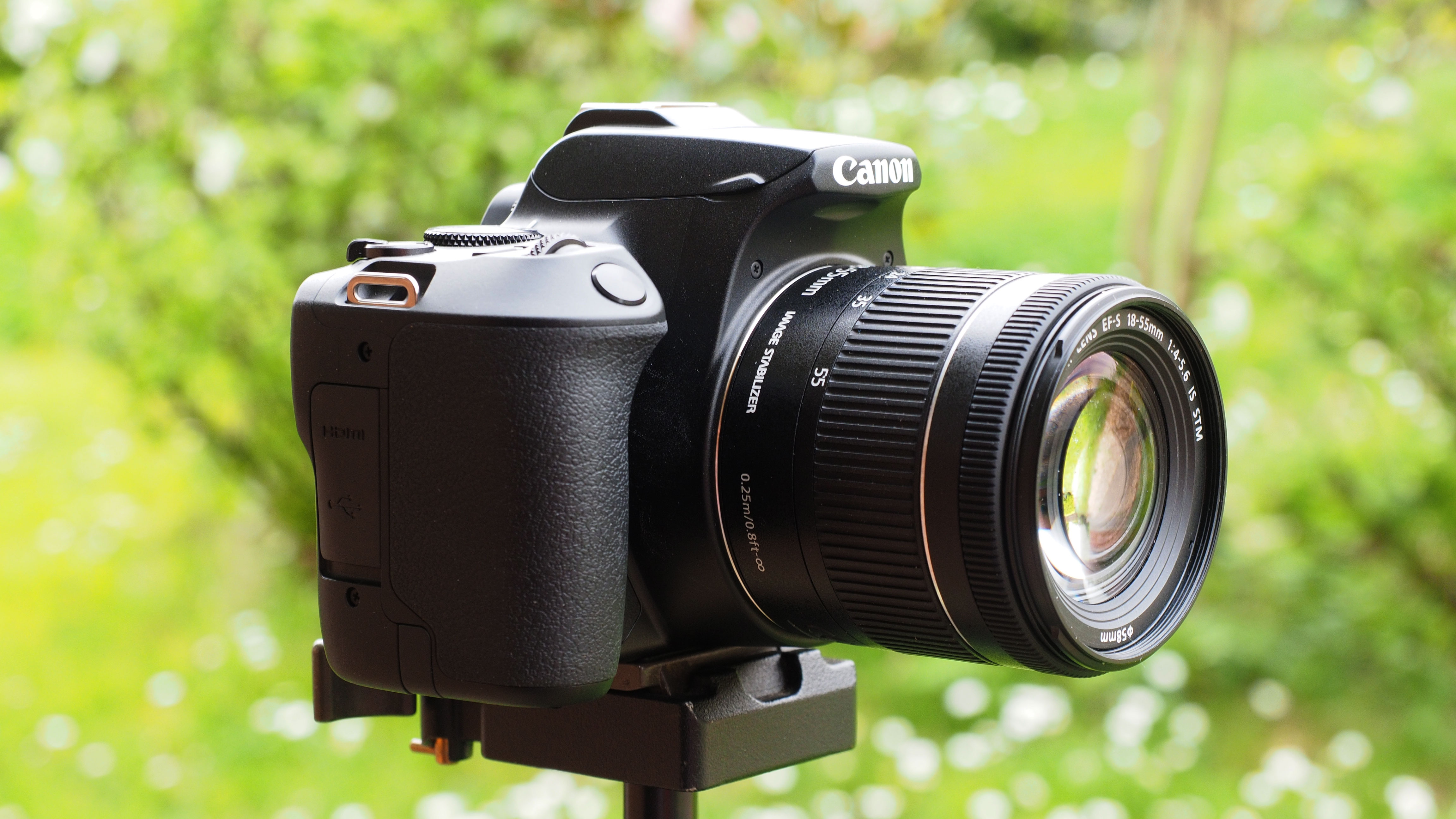DSLR cameras were ditched prematurely – and here's how we've all lost out!
The camera industry seems to have this idea that complexity is worth more than simplicity
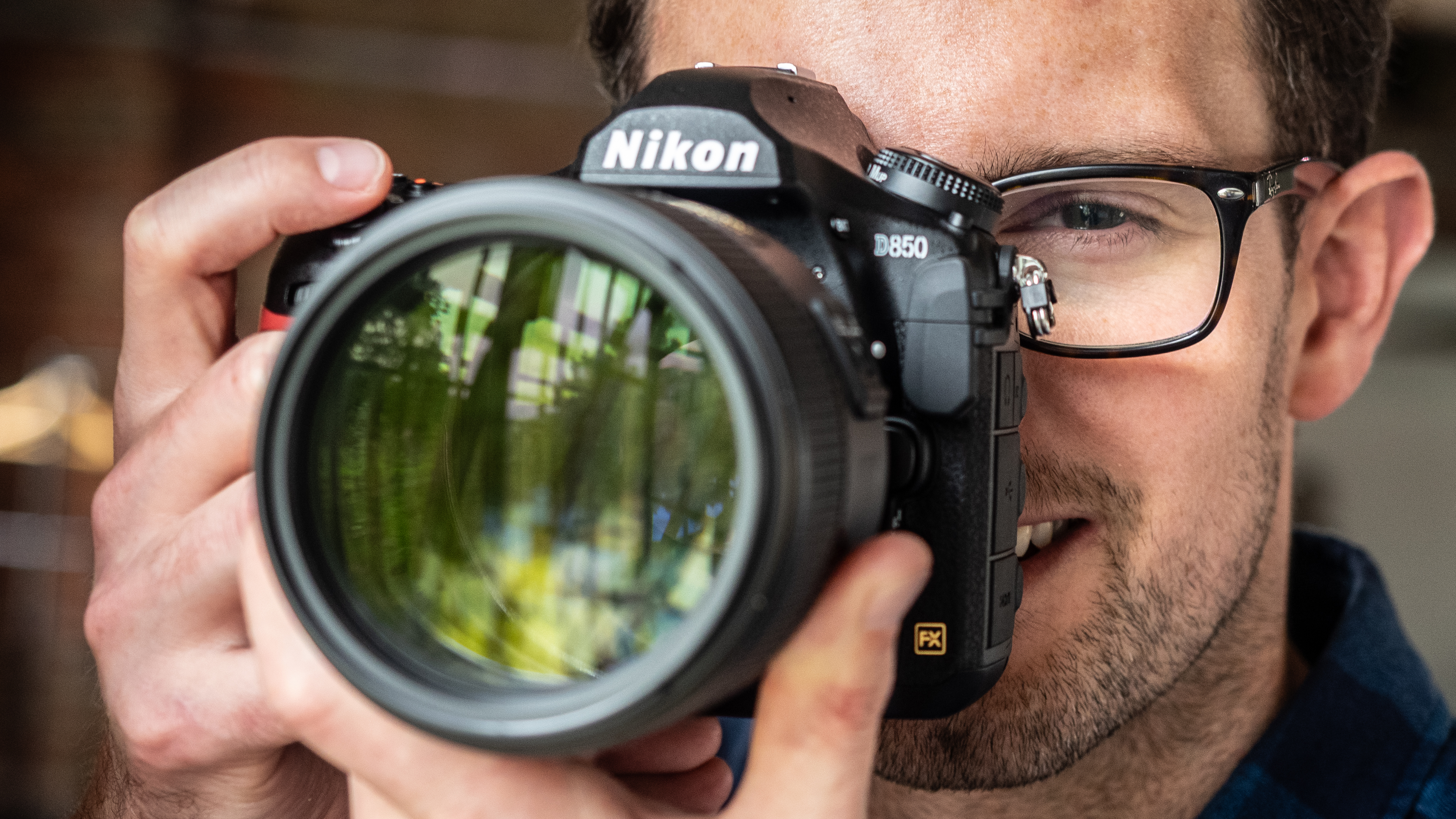
DSLRs never stood a chance when mirrorless cameras arrived. Not because mirrorless cameras were any kind of breakthrough in imaging technology, but because they had the entire weight of the camera marketing industry behind them.
Don’t get me wrong. The best mirrorless cameras have a lot of advantages – in certain situations. The more compact design (i.e. no mirror) makes them ideal for small system cameras, while the always-on live view makes them perfect for video where mirror-up operation was always a bit of a kludge with DSLRs. The best travel cameras are almost all mirrorless (or compacts).
Mirrorless cameras were and still are pitched as being smaller, lighter, more mechanically efficient, more versatile,with a wider range of lens designs and quieter or even silent operation. The DSLR looked like a dinosaur by comparison.
But it turns out that maybe we like dinosaurs – the current craze for film and retro camera designs is proof enough of that. Some of us like blunt, direct, uncomplicated tools, and while a lot of DSLRs looked pretty complicated to audiences of the day, they’ve got nothing on modern mirrorless cameras. The best DSLRs have a directness, solidity and clarity of function that I think a lot of us kinda miss.
And in taking that lemming-like leap into the new mirrorless world, we have left behind some things that perhaps we wish we could have back, like…
Optical viewfinders:
Mirrorless camera makers have spent years and a great deal of (our) money perfecting responsive, blackout-free EVFs for high-speed action. It’s still a premium feature on mirrorless cameras. You don’t get viewfinder lag on a DSLR. What you do get is a real-world optical image that matches what your eyes see, and not a digital rendering filtered through the camera sensor, your current settings (OK, that could be a good thing) and the contrast, dynamic range and color rendering limitations of the EVF display.
With a DSLR’s optical ‘finder you can see into the shadows and highlights, but with an EVF these are often clipped even if the sensor will still record them.
The best camera deals, reviews, product advice, and unmissable photography news, direct to your inbox!
Battery life:
We’ve all got used to carrying spare camera batteries, right? Sometimes I shoot with a Sony A7 II which can just about manage 300 shots on a battery, so I carry three extras. Ten years ago I was shooting with Nikon DSLRs which had a battery life four times longer.
Handling:
Yes, a lot of DSLRs were heavy. I currently have a thumb sprain, and my big old Nikon D610 is not going to be my first choice right now, but there were lighter DSLRs too, and my actual point is that along with this extra weight went extra grippability, easier ergonomics, more space for controls. I have quite small hands and yet I find many mirrorless bodies too small, even for me.
Lenses:
This is a more complicated situation. Mirrorless camera designs have allowed more extreme, more exotic lens designs (at a price) and I would say better optical quality and consistency overall. But lenses have not got smaller. That was one of the big promises of mirrorless and it hasn’t happened.
Before, we often had big lenses on big DSLR bodies, now we get big lenses on small mirrorless bodies. Maybe not such a giant leap forward after all?
Worse, what has happened to the thriving APS-C DSLR lens ecosystems of ten years ago? Once, if you had a Nikon, Canon or Pentax DSLR you could choose from scores of own-brand and third-party APS-C lenses at prices that were affordable for beginners and enthusiasts. APS-C mirrorless lens choices are improving, but those old days do seem to be gone.
A focus on stills:
Earlier this year at a photo show I overheard a photographer complaining to an exhibitor about paying for video features he would never use. It’s an old argument, but people are still quite bitter.
Nevertheless, camera makers have decided hybrid cameras are the future. It’s fine. Perhaps video capability is now so baked into the hardware that you can’t even disentangle it? Maybe it really doesn’t add much to the cost at all?
The issue (for me) is all the interface space it takes up, all the irrelevant video marketing photographers now have to endure and how, in particular, camera makers have stopped bothering about stills photography and instead want to draw us into a nightmarish vortex of frame rates, codecs, bit-depths, log profiles, bitrates, long GOP vs All-I, ProRes vs ProRes Raw, H.265 vs H.264 and this whole purgatory of permutations.
What about video?
To be honest, when I need to shoot video, I could use my Canon EOS R8, which is pretty good at it, but I'm more likely to use my iPhone, an Insta360 or a DJI Pocket 2. I don’t run a production studio or a film crew. I don’t need the cinematic ‘depth’ of larger sensors as much as I need portability, simplicity, unobtrusiveness and proper stabilization.
But if I want to take photographs, I use my stills camera. That’s what it’s good at, that’s what it’s for. And it’s this simple clarity of purpose that I most miss from the DSLR era.
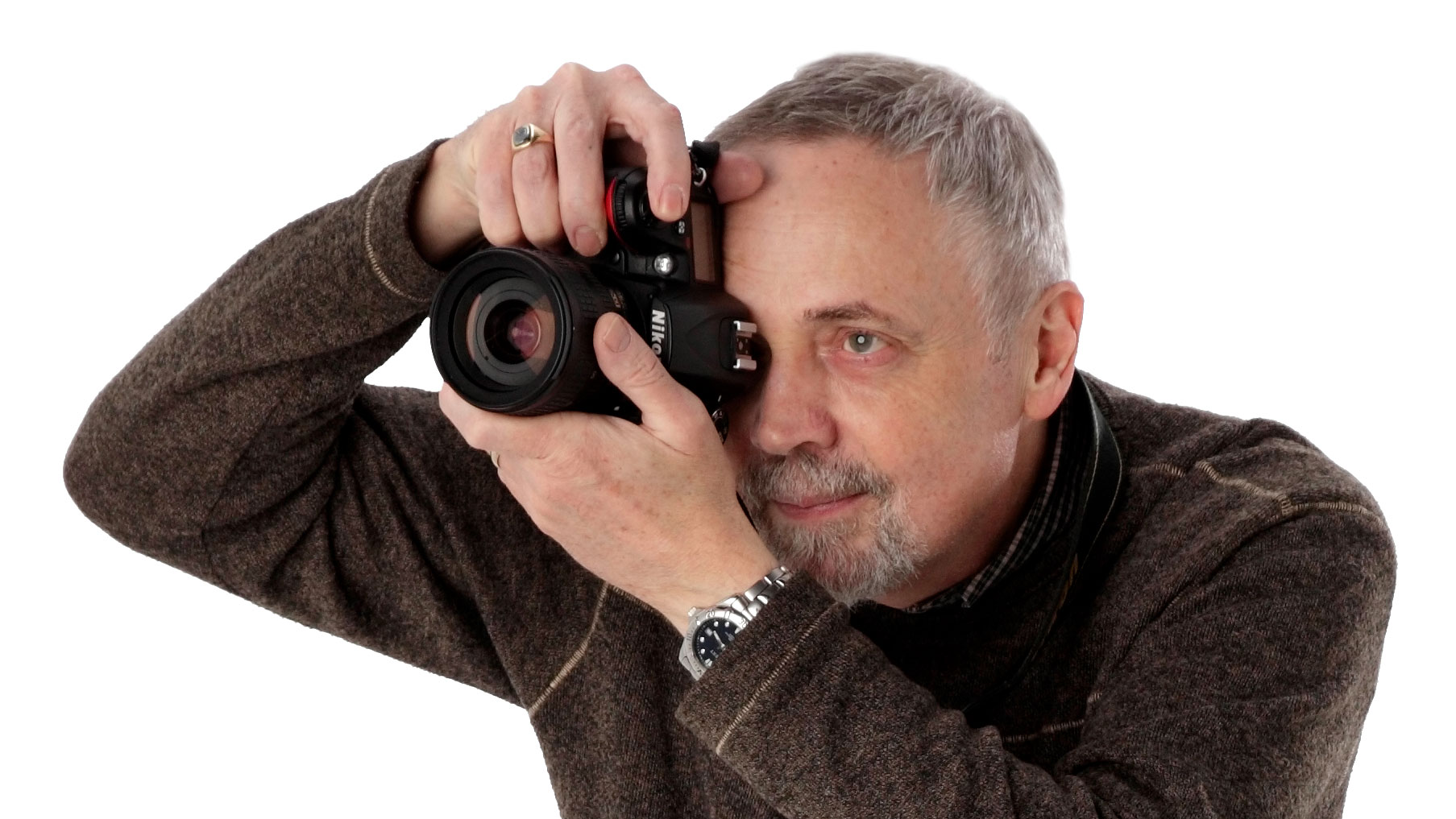
Rod is an independent photography journalist and editor, and a long-standing Digital Camera World contributor, having previously worked as DCW's Group Reviews editor. Before that he has been technique editor on N-Photo, Head of Testing for the photography division and Camera Channel editor on TechRadar, as well as contributing to many other publications. He has been writing about photography technique, photo editing and digital cameras since they first appeared, and before that began his career writing about film photography. He has used and reviewed practically every interchangeable lens camera launched in the past 20 years, from entry-level DSLRs to medium format cameras, together with lenses, tripods, gimbals, light meters, camera bags and more. Rod has his own camera gear blog at fotovolo.com but also writes about photo-editing applications and techniques at lifeafterphotoshop.com
You must confirm your public display name before commenting
Please logout and then login again, you will then be prompted to enter your display name.
